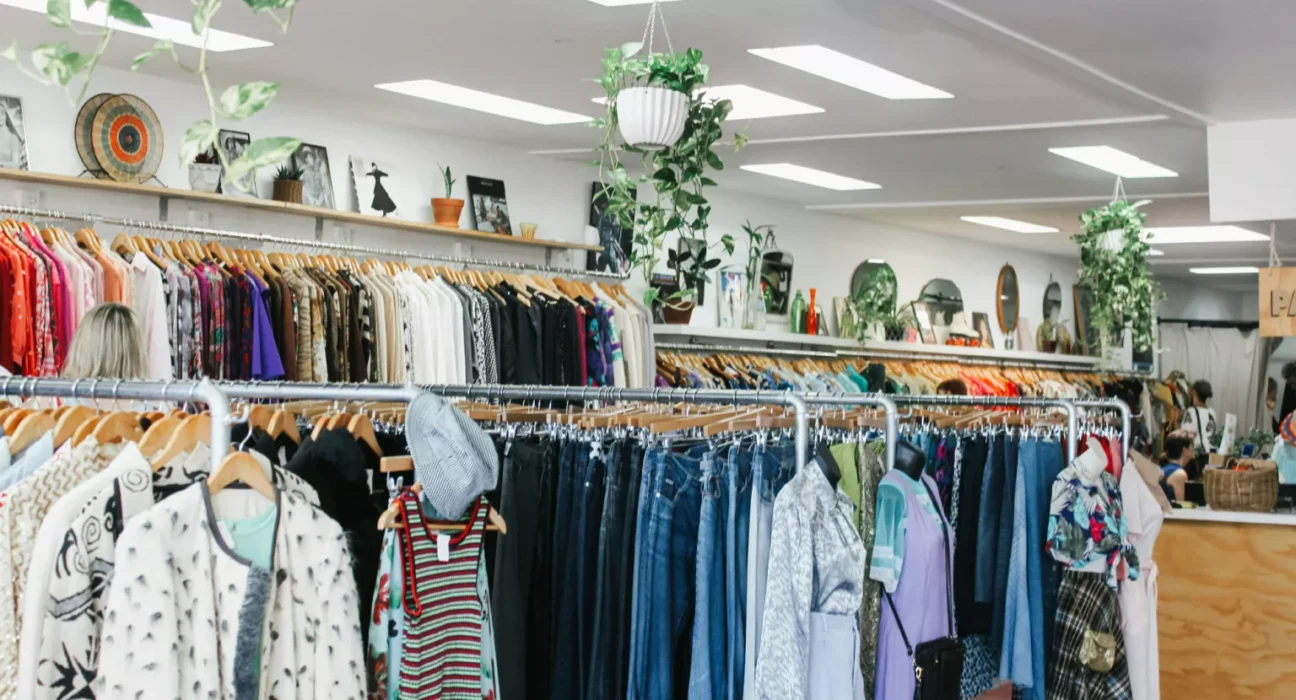Sustainable Fashion: Why Clothing Rental Could Save Fast Fashion

Why Clothing Rental Could Save Fast Fashion: Sustainable Fashion
Fast fashion has long been the darling of the modern wardrobe—offering affordability, trendiness, and instant gratification. But as the true environmental and ethical costs of fast fashion become more apparent, the industry faces growing criticism. Landfills are overflowing with barely-worn garments, textile production is one of the largest contributors to global emissions, and exploitation within the garment workforce is well-documented.
In the search for solutions, one idea has gained significant traction: clothing rental. Once limited to tuxedos and ball gowns, the rental model has evolved into a mainstream option for everyday wear. As sustainability takes center stage in consumer consciousness, clothing rental could offer a viable way to reduce waste, curb overproduction, and extend the life of garments—potentially transforming fast fashion from disposable to sustainable.
The Fast Fashion Crisis

Fast fashion relies on high-volume, low-cost production and an accelerated trend cycle. Retail giants can churn out new styles weekly, encouraging consumers to buy more and wear less. The average item is now worn just seven to ten times before being discarded.
This rapid consumption leads to staggering environmental costs:
- Over 92 million tons of textile waste are produced each year.
- One garbage truck of clothes is burned or landfilled every second.
- The fashion industry is responsible for up to 10% of global carbon emissions—more than international flights and maritime shipping combined.
Clearly, the industry cannot continue down this path. That’s where clothing rental steps in.
What Is Clothing Rental?
Clothing rental services allow consumers to borrow clothes for a fee, either through subscription models or one-time rentals. Think of it as a wardrobe on demand: instead of purchasing an outfit you might wear once, you rent it, wear it, and return it.
Major rental platforms like Rent the Runway, Nuuly, and Le Tote have grown rapidly in recent years, offering a mix of designer and everyday labels. Even traditional retailers like H&M and Urban Outfitters have dipped their toes into rental models.
Why Rental Makes Sustainable Sense
- Reduces Waste and Landfill Overflow
By keeping garments in circulation longer, clothing rental helps delay or prevent them from ending up in landfills. A single rented item can be worn by multiple people, effectively increasing its lifespan by up to 20 times compared to typical fast fashion garments. - Curbing Overproduction
Rental systems shift the focus from mass production to garment longevity. With fewer new items needing to be made, manufacturers can slow their production cycles, reducing water use, emissions, and fabric waste. - Encourages Conscious Consumption
Rental culture redefines our relationship with clothing. Instead of buying on impulse, consumers become more intentional, opting for pieces they need for specific occasions. This shift helps break the harmful cycle of trend-chasing and overconsumption. - Access to Higher Quality
Renting allows access to premium or designer garments that might otherwise be unaffordable. Consumers can enjoy quality without commitment, and companies are incentivized to produce more durable clothing suited for multiple wears and cleanings. - Try Before You Buy
Some services offer rent-to-buy options, letting customers test garments before committing. This reduces returns—another environmental issue in fast fashion, as many returned items are not resold but destroyed.
Challenges and Considerations
While clothing rental holds promise, it’s not without flaws. Shipping and dry cleaning can create their own carbon footprints. A study from Finland raised concerns that rental could, in some cases, be less sustainable than resale or donation, particularly if items are frequently shipped long distances or poorly maintained.

To make the model truly sustainable, companies must:
- Use eco-friendly packaging and transportation
- Invest in green cleaning methods
- Optimize local delivery and return networks
- Design garments specifically for durability and multiple users
Moreover, consumers must participate responsibly—choosing to rent instead of overbuy, and caring for items thoughtfully.
A New Fashion Future?
Clothing rental isn’t a silver bullet, but it’s a powerful tool in the sustainability toolkit. It allows for fashion exploration without the environmental burden. And perhaps most importantly, it challenges the outdated notion that fashion must be owned to be enjoyed.
As the fashion industry continues to evolve, hybrid models are emerging—combining resale, repair, rental, and recycling. For brands looking to stay relevant in an eco-conscious market, rental offers a path to profitability that doesn’t compromise the planet.
If embraced widely, clothing rental could become more than a trend—it could redefine fashion culture altogether. And in doing so, it just might be the key to saving fast fashion from itself.









